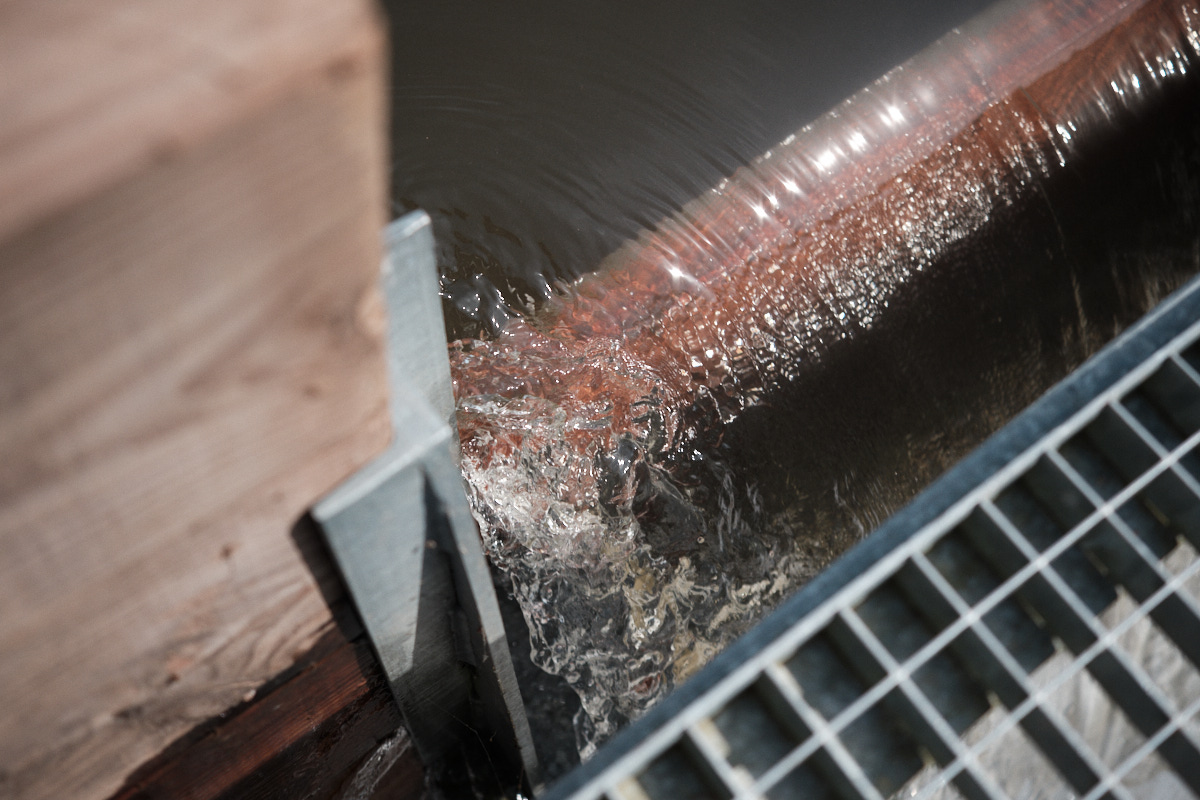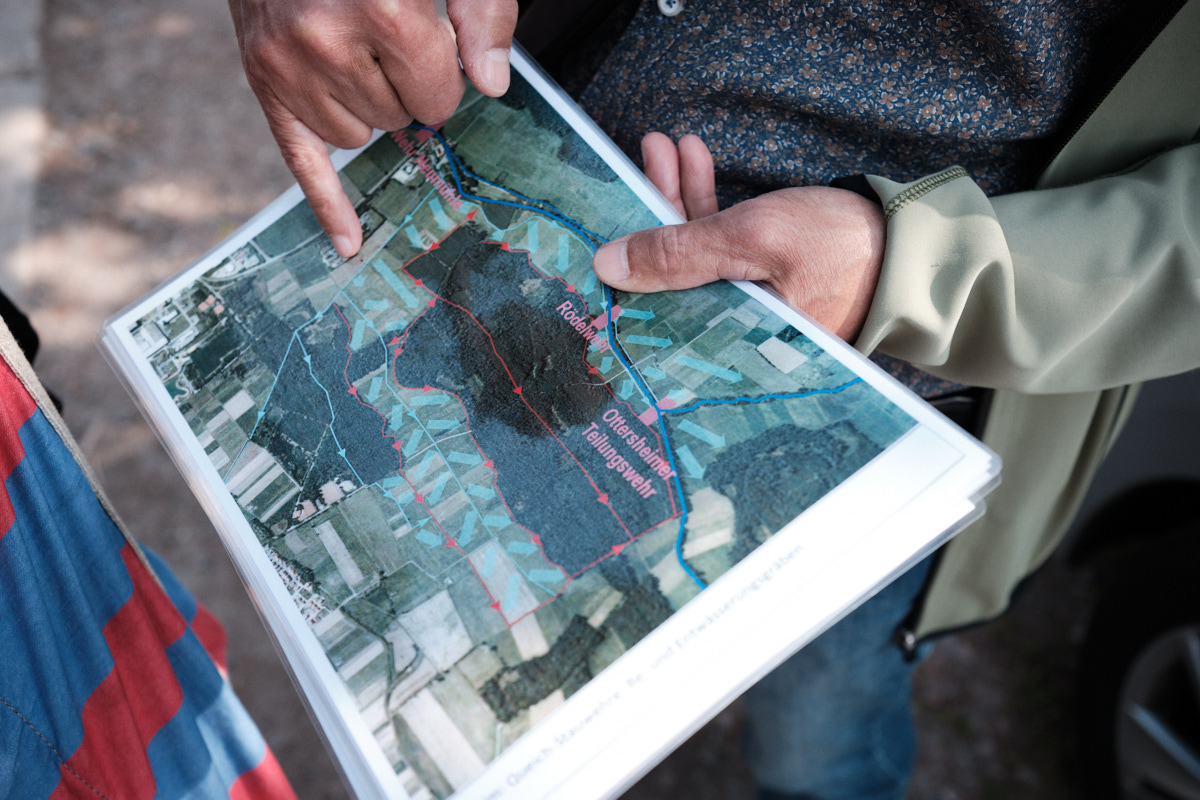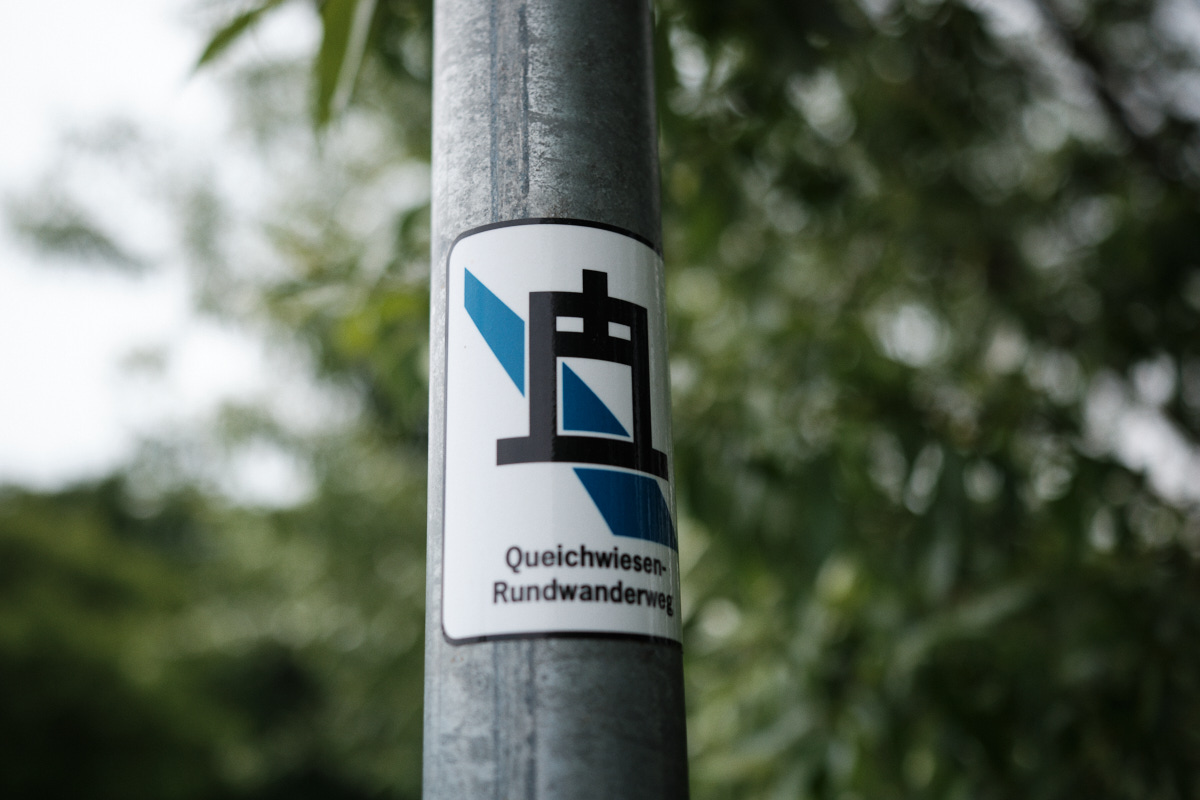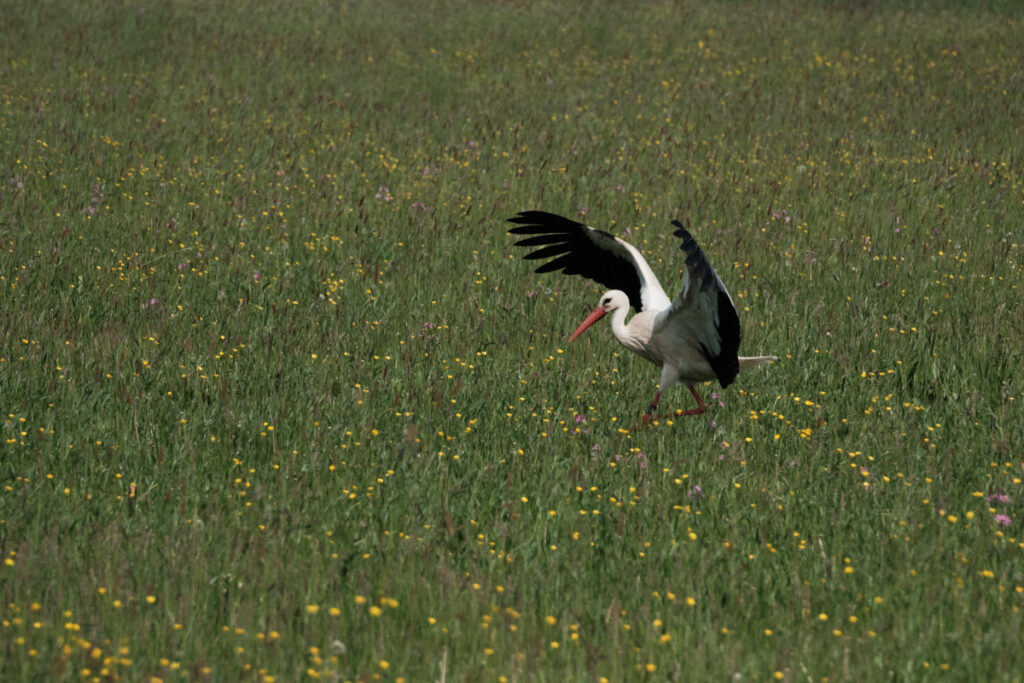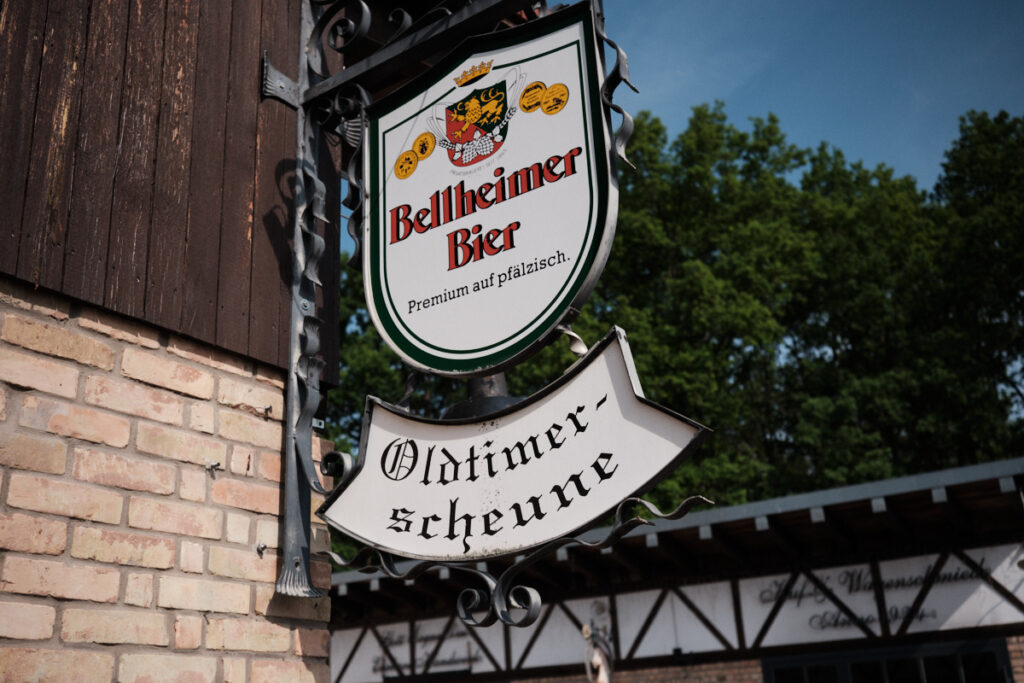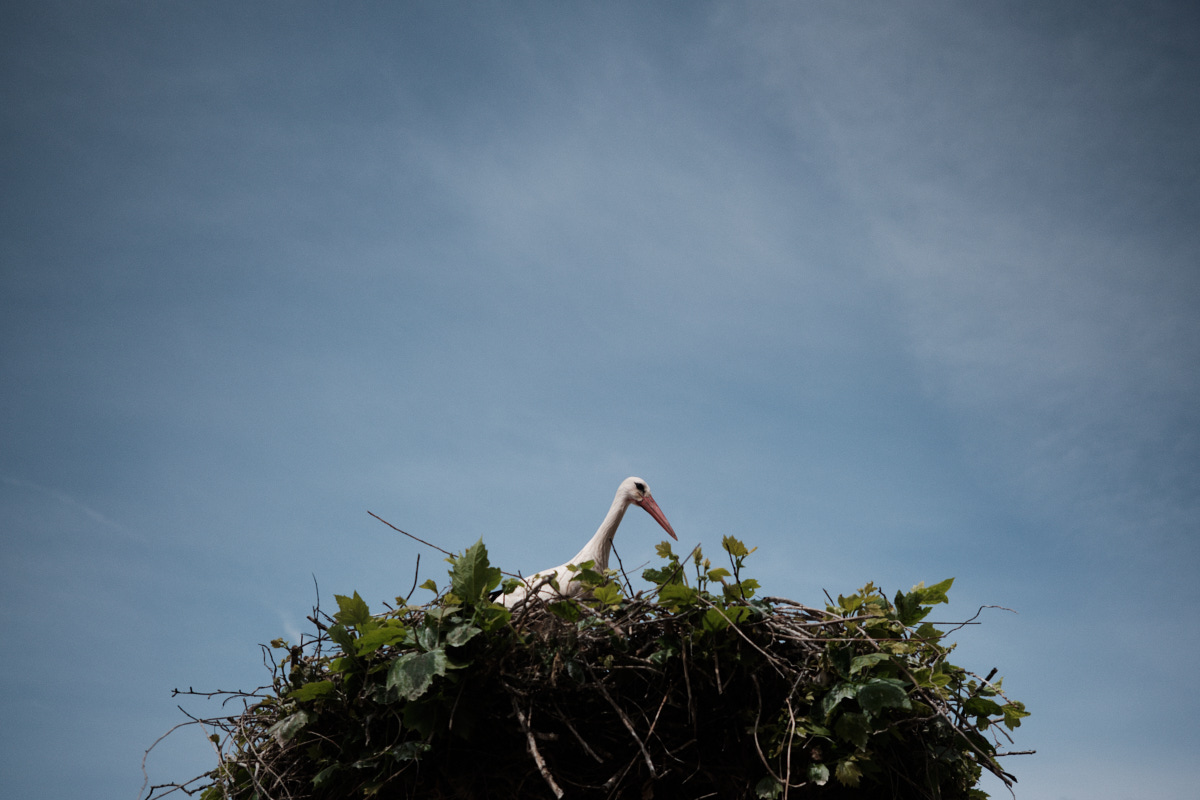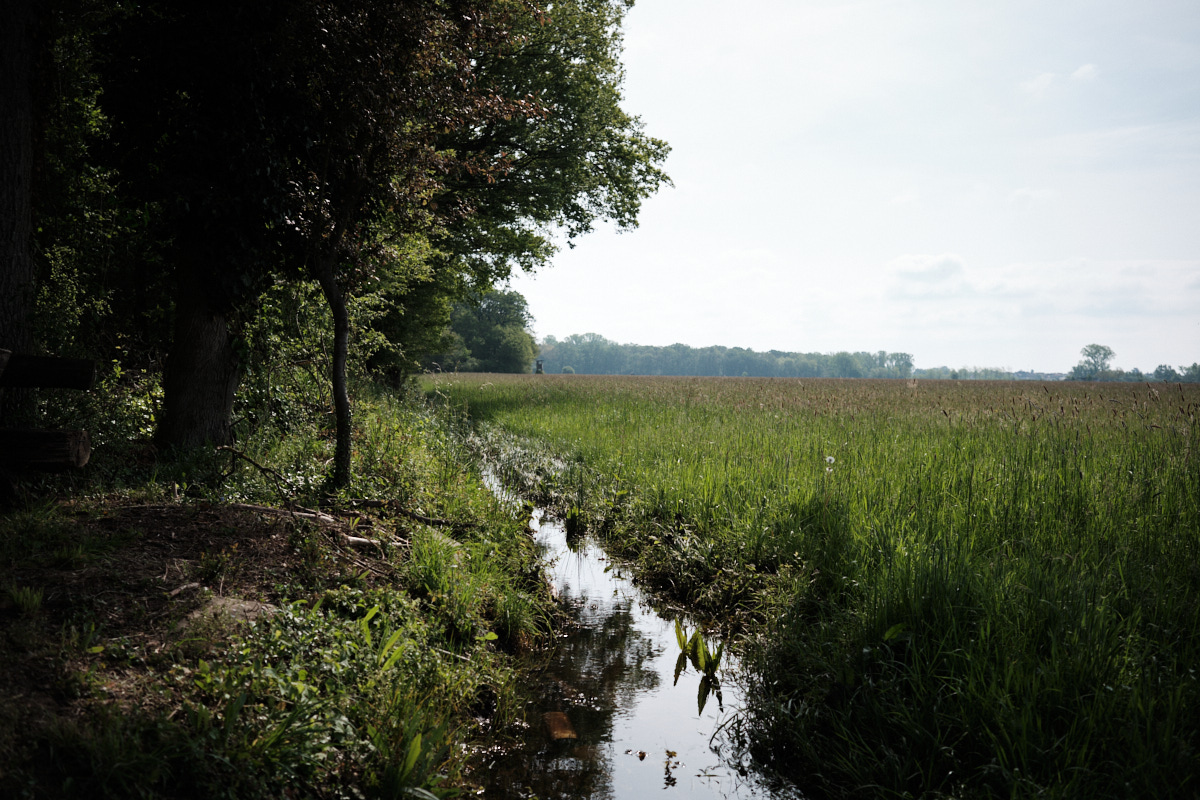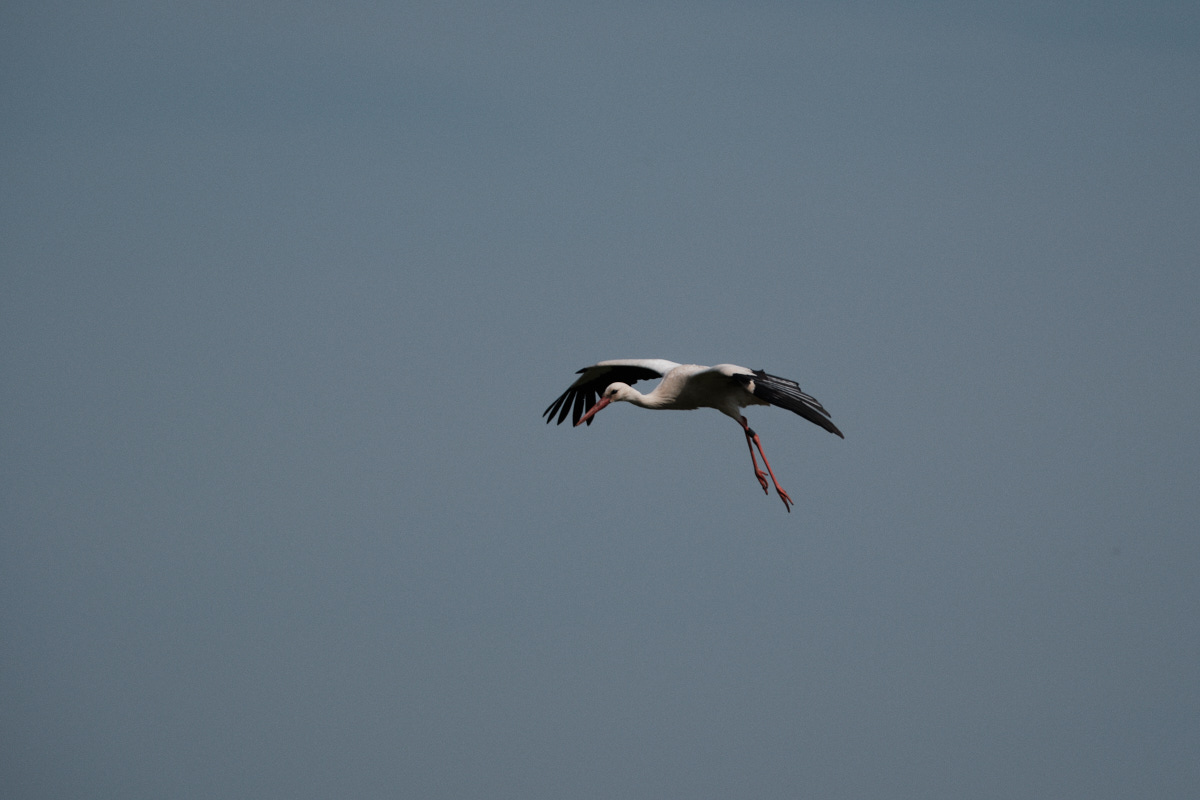A special irrigation concept allows for a regular spectacle in the Southern Palatinate irrigating the Queich river meadows around Bellheim according to a centuries-old tradition, which has recently been included in the UNESCO Intangible Cultural Heritage. It transforms the area into the largest breeding ground for storks in Rhineland-Palatinate.
It takes just a few simple moves for Pirmin Hilsendegen to open the small clasp. He pulls on one of the sliders and the water gushes out flowing in swirls that ripple on the surface of the water. The swirls are considerable. If you fell into one of the channels here, you wouldn’t get out so easily, because despite the water currents’ calming and even gentle appearance, they have an unexpected amount of power.
Pirmin is out and about with Esther Grüne this morning. Together, they walk past mills, flooded green spaces and forests along the Queichwiesen-Rundwanderweg hiking trail loop, which enables one to explore a wonderful natural area—and learn a lot about the history of the Southern Palatinate.
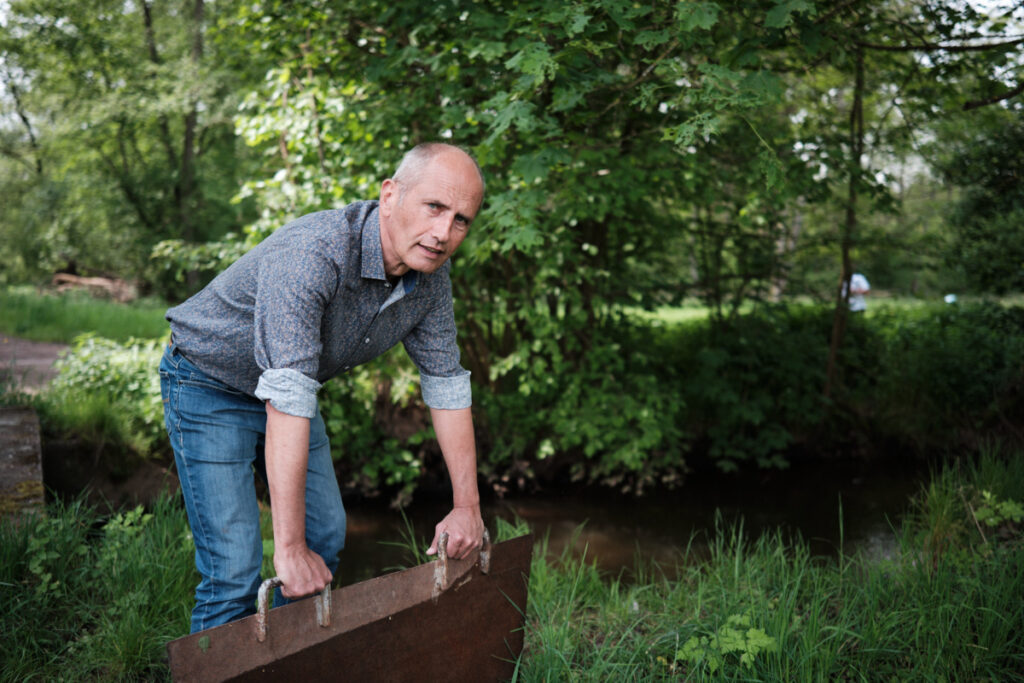
Hardly anyone else knows this region as well as Pirmin does. Born in Ottersheim in 1958, the now retired secondary school teacher grew up in a family of farmers. “My father used to go with two cows into the fields here when I was a child,” he recalls. In the 1970s, however, dairy farming became less and less profitable. And with every farm that disappeared, knowledge also got lost—not least that of Queich meadow irrigation.

“That’s why we founded a support group in 1996 to restore the irrigation system,” says Pirmin, who regularly organises information events and guided tours and also helps out when the irrigation system requires it during the Wässertage days. Farmers, conservationists and representatives of the municipalities along the Queich river come together in the support group, coordinated by the municipality of Ottersheim. Primin was committed to developing the hiking trail loop together with Esther, chairwoman of the Südpfalz-Tourismus association. Today, they start at the Oldtimerscheune barn in Ottersheim, one of seven villages where the old irrigation system has been preserved. The meadows in the areas around Hochstadt, Zeiskam, Lustadt, Landau, Offenbach, Knittelsheim, Bellheim and Ottersheim are regularly irrigated—only by means of weirs and canals and thanks to gravity.


